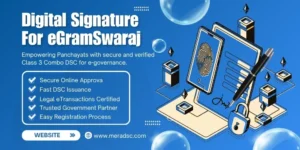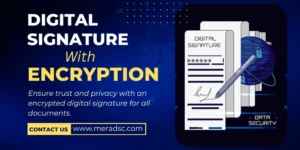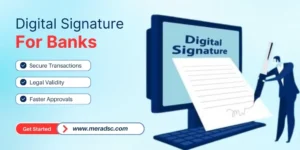Understanding the difference between an electronic signature and digital signature is critical for organizations, professionals, and customers that handle digital deals, documents, and requirements. These technologies are usually mixed up, but they are essentially different in their structure, use, and legal value. In this ultimate guide, we tell you all you need to know about electronic signatures and digital signatures, their technical differences, use cases, and why the choice of the right one is important.
What Is an Electronic Signature (E-Signature)?
Electronic signature, that is commonly known as e-signature, is a general term used to describe any electronic way to indicate agreement to a document or a pile of data. This involves anything such as typing your name at the end of an email attachment or checking an “I agree” box, or using a stylus or a finger to sign on a tablet.
Convenience and speedability are the main core purposes of the e-signatures. They act as substitutes to the traditional hand-written signatures in most business activities and hold legal validity in a number of jurisdictions including under the like U.S. ESIGN act and the EU eIDAS regulation.
Key Features of Electronic Signatures
- Simple to use and fast to implement
- Accepted for most business documents and transactions
- Can be implemented with low or no-cost tools
- Not necessarily encrypted or tamper-evident
- May rely on email verification or IP tracking for validation
E-signatures make a perfect option for internal approvals, sales contracts, job agreements, NDAs, and traditional documents that do not call for a high level of protection or validation.
What Is a Digital Signature?
A digital signature is an electronic form of signature, but it is of a much secured and more technology oriented process. It makes use of cryptographic algorithms in order to make sure the integrity and authenticity of a message or a document. A Digital Signature depends on a Digital Signature Certificate (DSC), which is issued by the Certificate Authority (CA), that makes it tamper-evident and legally binding to certain rules.
Key Features of Digital Signatures
- Uses public key infrastructure (PKI) for encryption and validation
- Requires a Digital Signature Certificate (DSC)
- Provides proof of origin, integrity, and non-repudiation
- Extremely difficult to forge or manipulate
- Complies with high-security legal standards
Comparing Electronic Signature and Digital Signature
While both terms are often used interchangeably, the differences between electronic signature and digital signature are critical. Below is a detailed comparison:
Feature
Electronic Signature
Digital Signature
Definition
A generic term for any electronic method of signing
A specific kind of electronic signature secured by cryptographic protocols
Security Level
Basic
High
Verification Method
Email, IP, phone, typed names
Cryptographic keys, Digital Signature Certificate
Legal Recognition
Legally valid but varies by jurisdiction
Legally binding with strong evidence in court
Tamper-Evident
Not always
Yes, by design
Use Case
Everyday agreements, business approvals
High-value contracts, compliance-heavy industries











